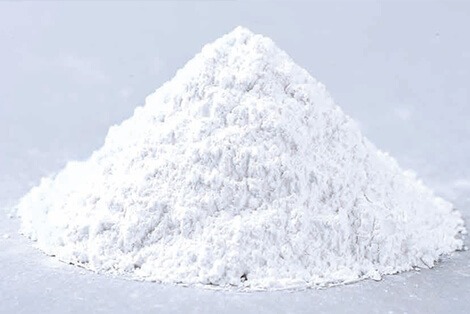From Anten’s Sciences
Precipitated silica is a silica (SiO2) produced by precipitation from a solution containing silicate salts…..
Do You Know Precipitated Silica’s Properties, Application, and Production
Precipitated silica is a silica (SiO2) produced by precipitation from a solution containing silicate salts.
- Physical and chemical properties
- Property Result
- Physical state Solid
- Form Powder granules
- Colour White
- Melting point > 1700°C
- Flammability Non flammable
- Vapour pressure No applicable
- Water solubility Slightly soluble
Production
The production of precipitated silica starts with the reaction of an alkaline silicate solution with a mineral acid. Sulfuric acid and sodium silicate solutions are added simultaneously with agitation to water. Precipitation is carried out under alkaline conditions. The choice of agitation, duration of precipitation, the addition rate of reactants, their temperature and concentration, and pH can vary the properties of the silica. The formation of a gel stage is avoided by stirring at elevated temperatures. The resulting white precipitate is filtered, washed, and dried in the manufacturing process.
Na2(SiO2)7 + H2SO4 → 3.3 SiO2 + Na2SO4 + H2O
Properties
The particles are porous. Primary particles with a diameter of 5 – 100 nm, and a specific surface area of 5-100 m2/g. Agglomeratesize is 1 – 40 um with an average pore size is > 30 nm. Density: 1,9 – 2,1 g/cm3.
Applications
- Filler, softener, and performance improvement in rubber and plastics
- Cleaning, thickening, and polishing agent in toothpaste for oral health care
- Food processing and pharmaceuticals are additive as anti-caking, thickening agents, and absorbents to make liquids into powders.
- Food rheology modifier
- Defoamer
Synthetic silicas products are used in home care and personal care. For example, zeolites and silicas were used in laundry powder production. but natural zeolite isn’t used in this special application of washing powder.

